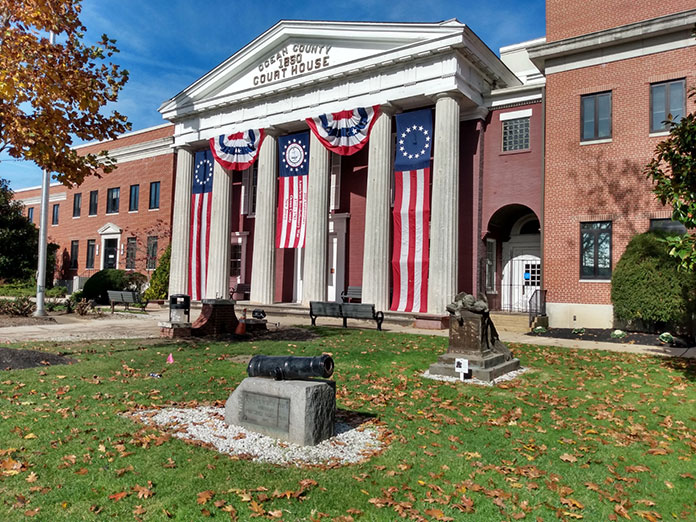
JERSEY SHORE – New Jersey has often been referred to as the “Crossroads of the Revolution,” and with good reason.
Besides being the location for several seminal battles of the extended campaign that brought independence to the original 13 Colonies, numerous other points of interest dot the landscape of New Jersey that mark significant events or once played key roles during the days of the Founding Fathers.
To be certain, many people know about Washington’s Headquarters in Morris County, or the site of the historic Battle of Trenton. But local sites abound in both Monmouth and Ocean counties, and there are spots that the average citizen passes nearly every day without appreciating their significance.
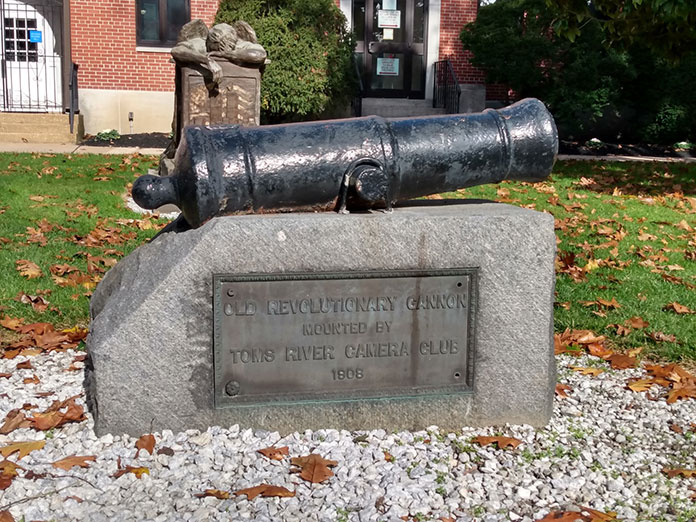
While a number of local communities may not have played host to events in Colonial Times, at the very least, the residents in the greater Ocean and Monmouth areas contributed to the effort to break free from England in other ways. While some joined the militia directly, many men and women contributed to the war effort by growing food or working in make-shift hospitals. But there are locations here that the public walk by or drive past on a regular basis that hold special significance in American history.
“The most noteworthy Revolutionary War historic site in the Monmouth and Ocean County area is the Monmouth Battlefield State Park in Manalapan,” says author Al Frazza. “It is the location of an important battle that took place on June 28, 1778, which was a brutally hot summer day.”
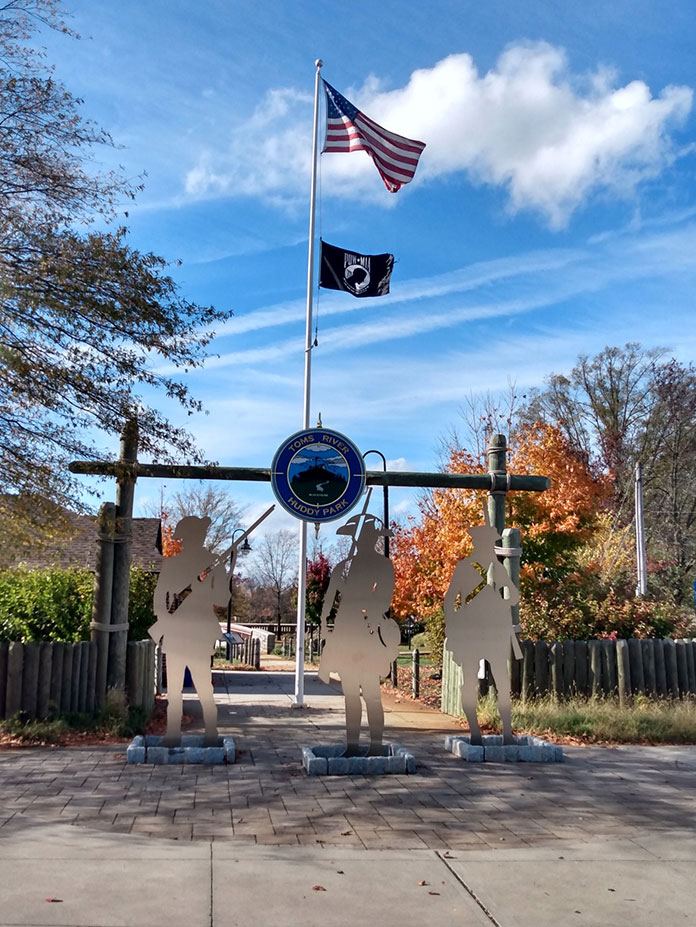
His book, “State of Revolution: My Seven-and-a-Half-Year Journey Through Revolutionary War New Jersey” points out many of the areas of historical significance within the Garden State.
Now known for its hiking trails and picnic facilities, the sprawling park was the site of one of the major conflicts of the Revolutionary War, namely, the Battle of Monmouth. Here, General Washington led his troops in a defeat of the British, with notable individuals by his side, such as officer Richard Howell (for whom the township is named), who later became the third governor of New Jersey. The visitor center onsite displays period clothing and even has an interactive site map that narrates the key moments of the battle.
Frazza also operates the website revolutionarywarnewjersey.com that allows users to find points of interest near them, regardless of where they reside in the Garden State.
“New Jersey played a vital role in the Revolutionary War, and there are still many physical markers of the war to be visited and explored,” explains Frazza. “There is a wide range of historic sites, for every interest level.”

Just in Monmouth and Ocean Counties alone, the website highlights 48 sites across 21 towns for locals to visit and enjoy.
“In addition to the Monmouth Battlefield State Park, there are many other historic Revolutionary War locations throughout Monmouth and Ocean counties,” says Frazza. “There are historic houses to visit, as well as monuments and cemeteries with the graves of Revolutionary War soldiers. There is something for everyone, whatever your interest level or the amount of time you have to spend.”
Not surprisingly, many of the sites in Monmouth County are closely tied to the Battle of Monmouth, such as the Old Tennent Church and Cemetery in Manalapan. Here, visitors can walk the grounds where a building that served as a hospital may be seen, while numerous graves of Revolutionary War soldiers may be viewed.
In nearby Englishtown, residents have likely walked past two structures in town that have historical significance. One is the Moses Laird House, which today is a private residence. However, as Frazza’s website indicates, the home was the place where George Washington stayed shortly after the Battle of Monmouth. Just a short walk from the Laird House is the Village Inn. Here, prior to the Battle of Monmouth, strategies were worked out by General Charles Lee for the Colonial Army.
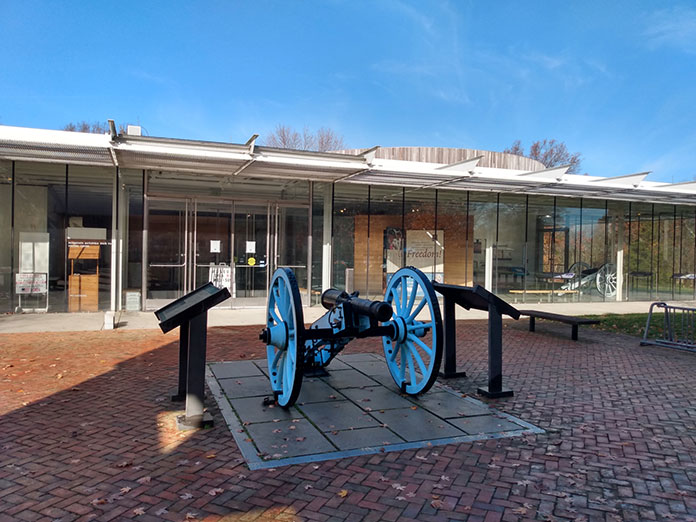
Just a short drive from Englishtown, Freehold also holds places of interest for the history buff, as well.
Following his victory in the Dacian Wars, the Roman Emperor Trajan constructed a large column that memorialized the victory and featured carvings that glorified the campaigns of his soldiers. While not constructed by Washington, a similar edifice exists in Freehold.
Standing near the current Monmouth County Courthouse, the monument dates back to the late 1800s, and commemorates the Colonists’ victory on the Monmouth battlefield. The monument features a statue at its apex that symbolizes victory and features several reliefs that memorialize key moments in the fight for independence.
Right on Main Street in Freehold is Columbia Triumphant Park, which features a large bust sculpture of the figure that sits atop the Monmouth Battle Monument.
The historic site of the old Monmouth Court House is close by, where the Hall of Records now stands. Like many larger buildings during that time period, it also saw use as a hospital during the Revolutionary War. In addition to these locations, St. Peter’s Episcopal Church on Throckmorton Street is touted as “[t]he oldest building in continuous use in downtown Freehold” as it dates back to 1771.
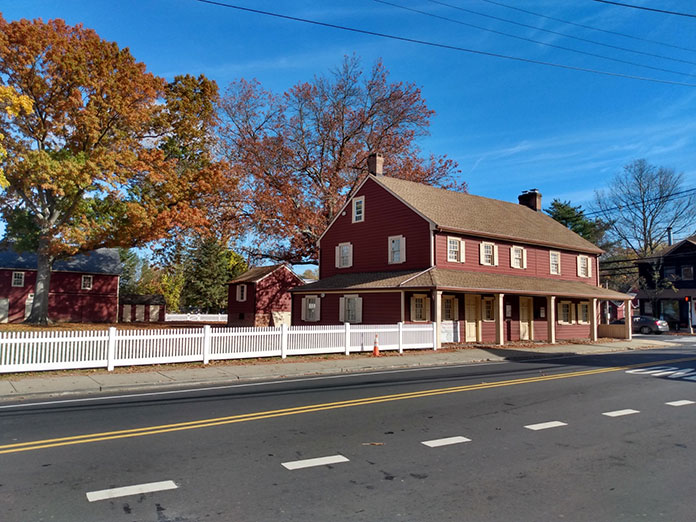
But historic locations abound in Ocean County, as well. While towns such as Barnegat, Little Egg Harbor and Tuckerton have sites associated with Revolutionary times, Toms River is well known for being steeped in history.
Among the areas identified by Frazza include Joshua Huddy Park. The site commemorates the raid on Toms River by British sympathizers and loyalists. During the battle, Huddy was captured, and Toms River was razed by fire.
Visitors to Toms River can get a glimpse of the type of armaments used during the period by viewing an actual Revolutionary War cannon outside the Ocean County Courthouse.
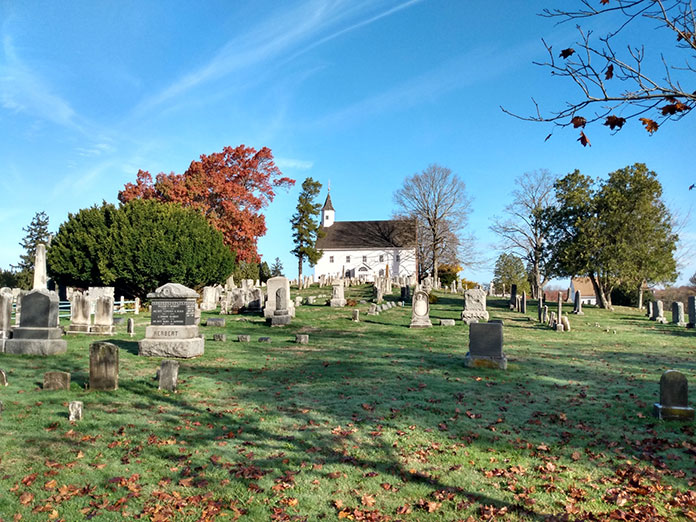
Also close by is the Old Methodist Cemetery, which sits at the corner of the intersection of Hooper Avenue and Washington Street. Relatively small and unassuming, the site is the final resting place for several soldiers that fought in the Revolutionary War.
“I believe that when we can understand that history happened right in our own towns, where we live and walk and drive, it helps us make a deeper connection to the past,” says Frazza regarding the many areas of historic value in New Jersey. “Visiting the places where the history occurred is a powerful way to make that connection.”






